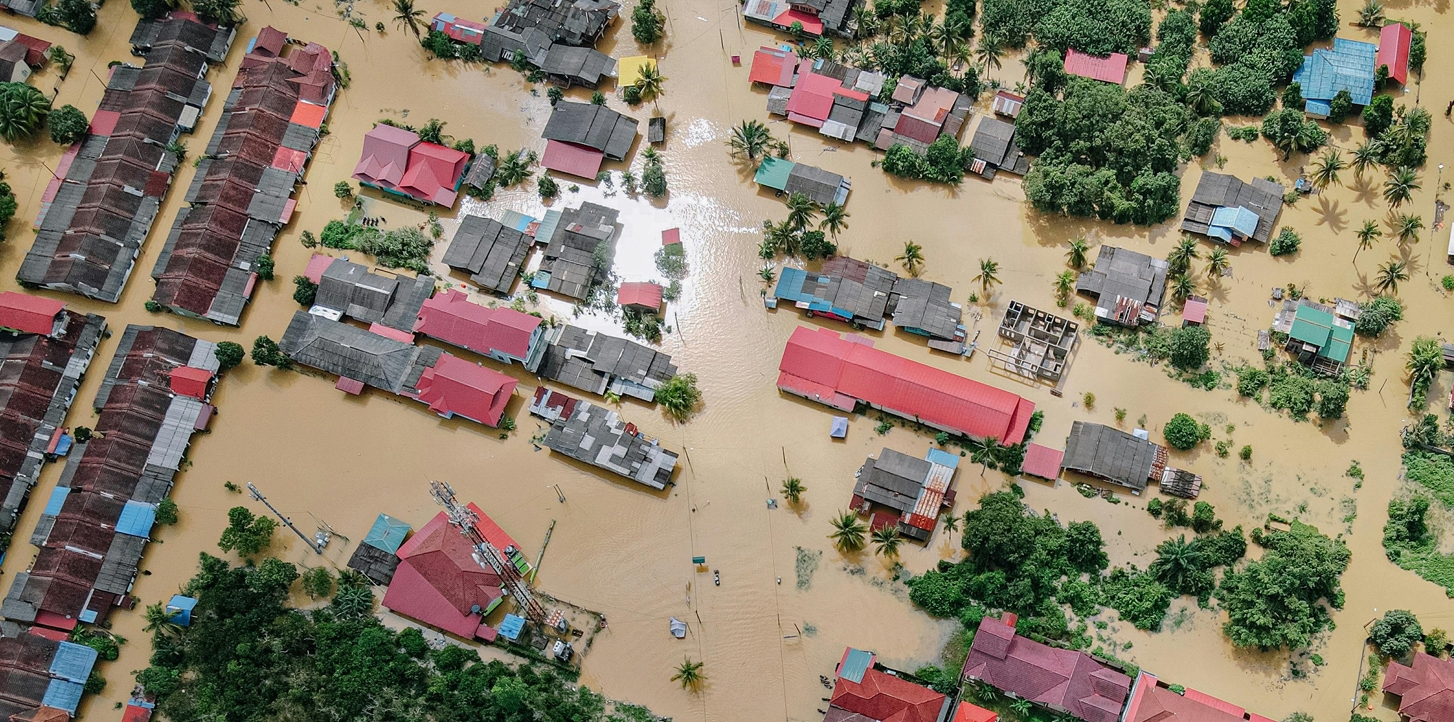In 2019, property damage resulting from floods accounted for about $3.75 billion in losses in the United States, according to the National Centers for Environmental Information (NOAA). When neighborhoods are affected, it”s not only individual homes that suffer but also community infrastructure and cohesion. This blog post aims to explore effective strategies that can help rejuvenate neighborhoods after water damage. From immediate responses to long-term solutions, your local community can bounce back stronger than ever.
Identifying Immediate Threats
After a flooding event, it is important for you to identify immediate risks. Fallen power lines, gas leaks, or contaminated water supplies pose significant threats to residents’ safety. Immediately alert appropriate authorities in your area if you notice these hazards. For more information on what to do in such situations, click here.
Assess the Damage
Your next step should be to assess the extent of the damage. This will help you understand the severity of the situation, which is crucial information when seeking assistance from insurance companies or disaster relief organizations.
Contacting Your Insurance Provider
It’s crucial to contact your insurance provider as soon as possible after a flood. Provide them with an overview of the damaged property and lost items. Doing this promptly will expedite any insurance claims and aid your neighborhood’s recovery.
Coordinating Clean-Up Efforts
Cleanups can be time-consuming and draining, but they are necessary for restoring normalcy. Organized community clean-up efforts ensure everyone gets the assistance they need, fostering unity and shared purpose in disaster’s aftermath.
Hiring Professional Restoration Services
In addition to communal efforts, hiring professional restoration services can expedite recovery. These services have expertise in dealing with water-damaged properties, offering efficient and effective solutions that may not be available to the average homeowner.
Seeking Assistance from Disaster Relief Organizations
Contact local relief organizations like Red Cross or Federal Emergency Management Agency FEMA. They provide assistance such as food, shelter, medical aid, and essential cleaning supplies to communities devastated by floods.
Dealing with Water Contamination
Water contamination is a common issue post-flooding. Ensure the safe restoration of your water supply by working closely with local authorities in testing and treating water sources.
Rebuilding Infrastructure
Your neighborhood’s infrastructures such as roads, schools, parks, and public spaces may have been affected. Collaborate with local governments to prioritize infrastructural repair, ensuring all residents can access essential services.
Mental Health Support
The effects of flooding aren’t merely physical. Engage psychologists or counselors to provide mental health support to residents who may be experiencing stress or trauma from the experience. Nurture resilience in your community through shared healing experiences.
Involving Youth in Recovery Efforts
Youth involvement in recovery efforts can foster camaraderie and spirit of service. Create platforms where young people can participate in cleanup activities or assist displaced neighbors, turning a challenging time into an opportunity for growth and learning.
Creating Flood Mitigation Programs
After recovery is complete, turn your focus towards preventing future damage. Develop flood mitigation programs focusing on campaigning for better drainage systems or disaster-proof housing in your neighborhood.
Promoting Sustainable Living Practices
Floods are often exacerbated by climate change effects. Encourage sustainable living practices such as plastic reduction campaigns or tree planting initiatives that could help mitigate these effects over time.
Emergency and Evacuation Plan
Rally your neighborhood in creating a community emergency and evacuation plan. This provides everyone with clear guidelines when another disaster strikes, minimizing chaos and ensuring everyone’s safety.
Fundraising for Recovery Efforts
Efficient recovery requires adequate funding. Organize fundraisers aimed at supporting relief and restoration efforts in your neighborhood. Every dollar counts in getting your locality back on its feet.
Doing It Together
In times of disaster, the strength of community is most apparent. Foster unity in the face of adversity by going about recovery together. Shared objectives can produce faster results and mend fractured spirits.
A Stronger Neighborhood
Water damage can be devastating but it also offers an opportunity to rebuild more resilient communities. With careful planning, concerted effort, and committed fellowship, you and your neighbors have the power to rise above even the most difficult circumstances. Remember that in every aftermath lies a chance for renewal. Make the most of this by empowering each other together for a stronger neighborhood in the future.

